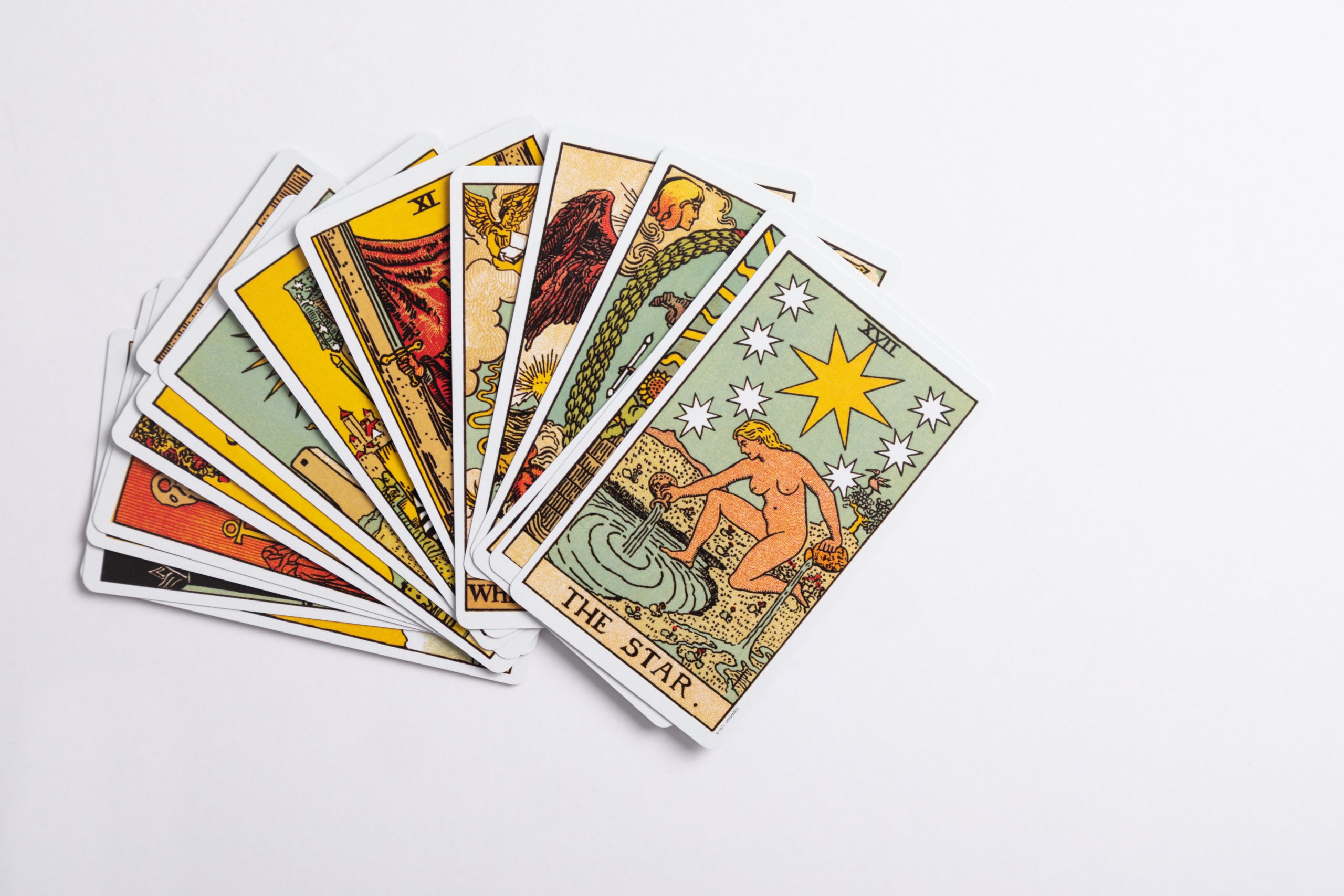What Does Waning Gibbous Moon Mean? Exploring the Phases of the Lunar Cycle
Have you ever looked up at the night sky and noticed the moon appearing to change shape? These different phases of the moon are not only visually captivating but also hold significant meanings in various cultures and traditions. One such phase is the waning gibbous moon. In this blog post, we will explore the characteristics, symbolism, and scientific explanations behind the waning gibbous moon phase, shedding light on its place in our cosmic journey.
The Phases of the Moon
Before delving deeper into the waning gibbous moon, let’s revisit the lunar cycle and its primary phases. The moon undergoes eight key phases as it orbits the Earth: new moon, waxing crescent, first quarter, waxing gibbous, full moon, waning gibbous, third quarter, and finally, waning crescent. These phases are a result of the changing relative positions of the moon, Earth, and the sun.
During the new moon phase, the moon is located between the Earth and the sun, with its illuminated side facing away from us. As it progresses through the cycle, we witness the slow emergence of light on the moon’s surface, eventually leading to a full moon. After reaching its peak illumination, the moon begins to wane (decrease in size) until it returns to its new moon phase.
Understanding the Waning Gibbous Moon
The waning gibbous moon phase occurs right after the full moon phase. It is characterized by a moon that is more than half illuminated but less than fully illuminated. Imagine a large chunk taken out of a full moon, leaving a crescent shape on one side. This is what the waning gibbous moon looks like.
During this phase, the moon, Earth, and the sun form an approximate line with the Earth in the center. As a result, the illuminated side of the moon appears to shrink. The term “waning” refers to this decreasing illumination, while “gibbous” signifies that the moon is still more than half illuminated.
Symbolism and Cultural Significance
The moon has held immense cultural and symbolic significance throughout history. In many ancient cultures, the moon was associated with the feminine energy, fertility, and the rhythm of life. The different phases of the moon were believed to influence various aspects of human existence.
The waning gibbous moon, specifically, is often viewed as a time for reflection, release, and letting go. Just as the moon’s illumination diminishes, it symbolizes a time to shed away negativity, old habits, and anything that no longer serves us. It encourages introspection, forgiveness, and the opportunity to make space for new beginnings.
Scientific Explanations
While the cultural and symbolic explanations of the waning gibbous moon are intriguing, science provides a rational understanding of this lunar phase. As we mentioned before, the moon’s phases occur due to its changing positions relative to the Earth and the sun.
During the waning gibbous moon, the sun’s light casts shadows on the moon’s surface, giving it a distinct appearance. The illuminated portion of the moon is visible to us, while the remaining part is hidden in the shadow. The gradual decrease in illumination happens because the angle between the moon and sun changes as it moves through its orbit.
Furthermore, the waning gibbous moon plays a crucial role in Earth’s ecosystems. The moon’s gravitational pull impacts the tides, with high tides occurring when the moon is full. As the moon enters the waning gibbous phase, its gravitational pull weakens, resulting in slightly lower tides compared to the full moon.
Conclusion
The waning gibbous moon phase, with its distinctive appearance, carries symbolic significance for many cultures. It represents a time of release, introspection, and making room for new beginnings. Scientifically, the waning gibbous moon is a result of the changing positions of the moon, Earth, and the sun, with its decreasing illumination corresponding to its place in the lunar cycle.
Next time you gaze up at the night sky and witness the waning gibbous moon, take a moment to appreciate the cosmic dance unfolding above us, connecting us to the rhythms of the universe.
Table of Contents
